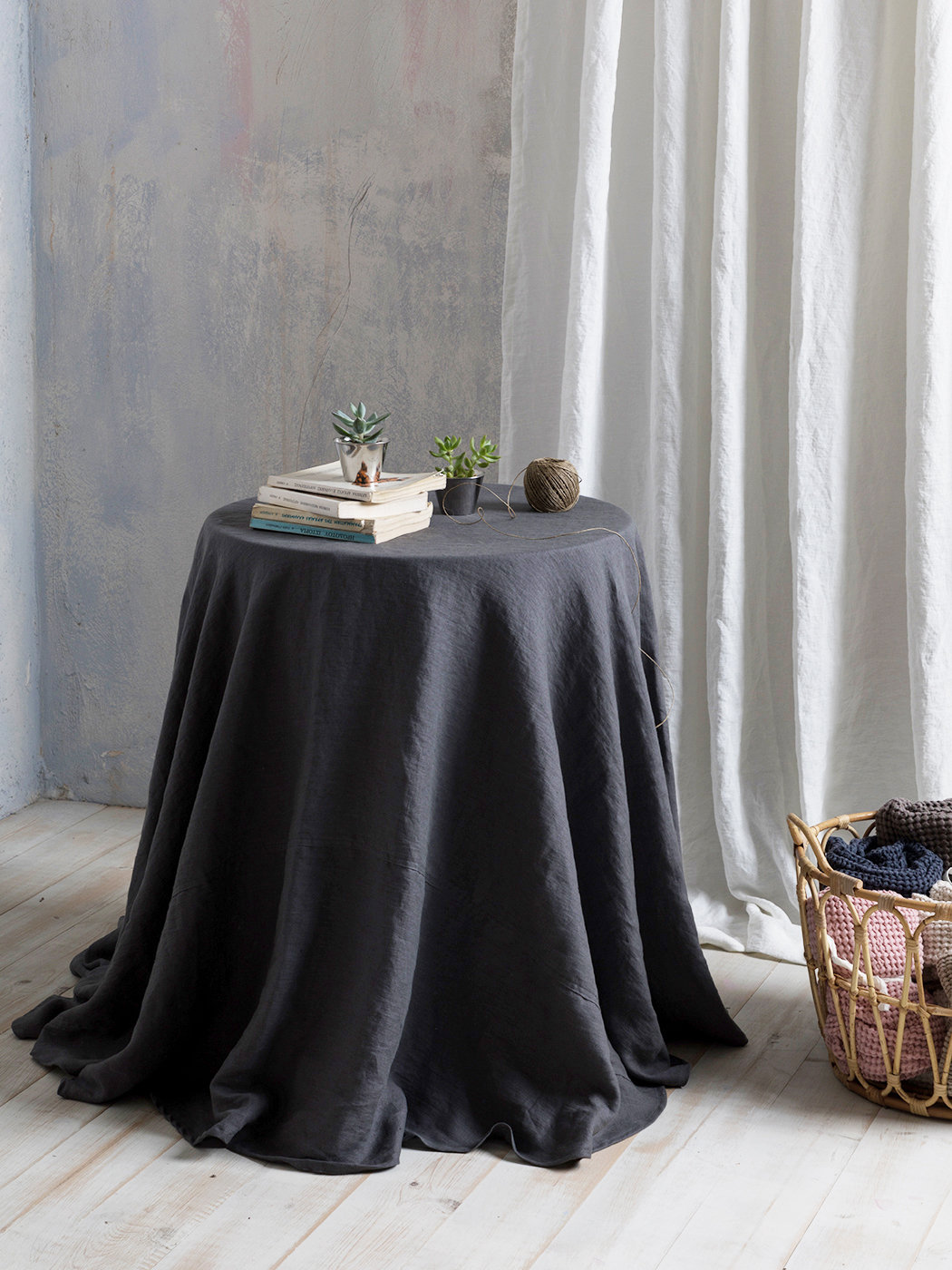High Quality Flat Sheet Choice: Comfort and Toughness for every single Bed
High Quality Flat Sheet Choice: Comfort and Toughness for every single Bed
Blog Article
Bed Linen Fabric Innovations: Checking Out Modern Trends and Creative Applications in Style and Fabric Industry
From sustainable production methods to advanced weaving innovations, the evolution of linen is improving the landscape of the textile industry. As we dive right into the worlds of innovative design applications and the appearance of linen blends and crossbreed fabrics, a brand-new chapter unravels in which bed linen's duty in future textile innovations takes center stage.
Lasting Practices in Bed Linen Production
Sustainable methods in linen production have come to be significantly vital in the fabric sector's efforts to reduce environmental effect and advertise moral sourcing techniques. Linen, an all-natural fiber stemmed from the flax plant, supplies a range of advantages such as durability, breathability, and biodegradability. However, typical techniques of linen production can involve significant water intake, chemical usage, and energy-intensive processes.
To attend to these obstacles, many fabric manufacturers are adopting sustainable techniques throughout the bed linen manufacturing procedure. This includes sourcing flax from organic farms that avoid dangerous chemicals and chemicals, implementing water-efficient retting techniques to extract fibers from the flax stalks, and using environmentally friendly dyes and surfaces. In addition, some companies are purchasing renewable resource resources to power their production centers and lowering waste through recycling and upcycling initiatives.
Technological Advancements in Linen Weaving
With the expanding emphasis on lasting techniques in bed linen production, the fabric sector is now experiencing a rise in technical innovations particularly aimed at transforming the art of linen weaving. These technologies are improving the method bed linen materials are produced, using enhanced performance, high quality, and creativity in weaving methods.
Among the crucial technological advancements in linen weaving is the assimilation of computerized looms. These innovative looms are outfitted with software application that permits for elaborate and intricate layouts to be woven with precision. By digitizing the weaving procedure, suppliers can achieve better consistency and precision in their linen textiles.
Moreover, advancements in thread spinning technology have actually made it possible for the manufacturing of finer and more resilient bed linen yarns - table cloths. This leads to softer and smoother bed linen materials that keep their quality even after multiple usages and laundries
Furthermore, the advancement of eco-friendly dyeing procedures and coatings for linen textiles is acquiring traction. These sustainable practices not only minimize the environmental effect however likewise accommodate the boosting consumer demand for morally produced fabrics.
Creative Style Applications for Linen
Ingenious imaginative strategies are increasingly forming the innovative layout applications for linen in the textile industry. Linen's all-natural visual appeal and capacity to blend with other fabrics make it a preferred selection for developing special garments and devices that cater to the environmentally aware customer.
Moreover, designers are experimenting with bed linen in home decoration, utilizing its breathable and resilient nature to craft trendy furnishings such as drapes, bedding, and furniture. The texture and drape of linen bring a sense of refinement and convenience to indoor rooms, including a touch of beauty to modern homes.

Linen Blends and Hybrid Fabrics

Hybrid materials, on the other hand, take the concept of blending an action even more by integrating added components such as metallic threads, recycled products, or conductive fibers. These innovative textiles not only increase the style opportunities however likewise present useful elements like conductivity, antimicrobial residential or commercial properties, or improved durability. Crossbreed materials are increasingly being used in numerous markets, including fashion, interior layout, and technical fabrics, where the demand for multifunctional materials is on the increase.
Bed linen's Function in Future Textile Innovations

In the world of future textile developments, bed linen is anticipated to be a crucial player in the growth of innovative practical fabrics. Scientists and developers are checking out ways to boost bed linen's intrinsic qualities through technological innovations, such as including smart fabrics, nanotechnology, and efficiency finishes. These innovations intend to boost linen's efficiency attributes, making it suitable for a wider variety of applications, from activewear to safety click for more apparel.
In addition, the mix of bed linen with other all-natural or synthetic fibers opens endless possibilities for developing unique fabrics with special residential or commercial properties and capabilities. By leveraging linen's qualities and checking out cutting-edge blends, the fabric industry is positioned to introduce interesting growths that accommodate advancing consumer requirements and sustainability needs.
Conclusion
To conclude, the expedition of lasting techniques, technical improvements, imaginative layout applications, linen blends, and its role in future textile advancements highlight the continuous development of linen fabric in the modern-day design and fabric market. With a focus on advancement and imagination, the versatility and environmentally friendly nature of linen make it an important material for developers and manufacturers alike, paving the way for additional developments and improvements in the area of visit fabrics.
As we delve right into the realms of imaginative design applications and the development of linen blends and crossbreed materials, a new chapter unravels in which linen's duty in future fabric developments takes center phase.
Exploring the blend of bed linen with various other materials has led to the emergence of innovative blends and crossbreed textiles in the modern textile market. Linen blends provide a distinct combination of the characteristics of linen with those of various other fibers, resulting in fabrics that possess enhanced buildings such as boosted sturdiness, improved draping, and lowered wrinkling.The development of linen blends and crossbreed materials has actually established the phase for Bed linen to play a crucial duty in driving future fabric technologies.In the world of future fabric developments, bed linen is expected to be a crucial player in the development of innovative functional textiles.
Report this page